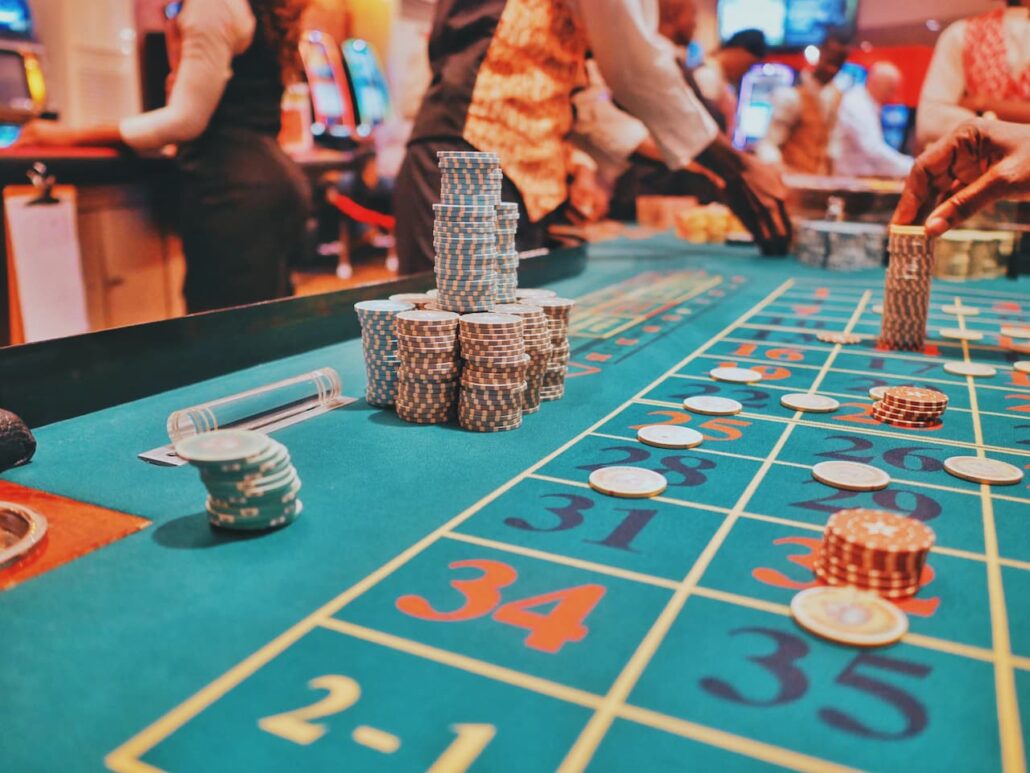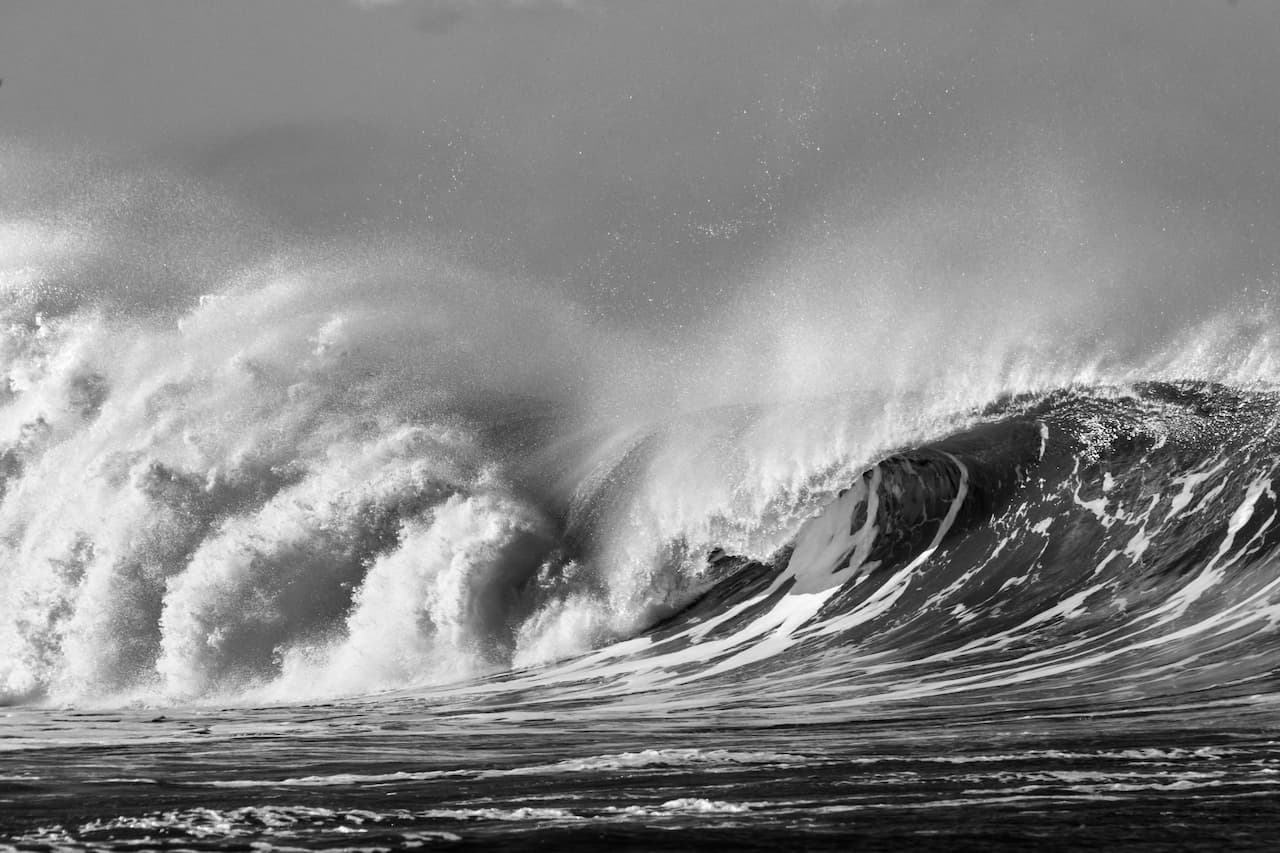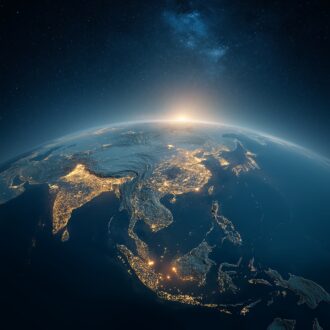The Japanese word bonsai has a wide range of meanings, both preparation for natural disasters and rules of behavior during such disasters. Children are taught this from an early age, and there are regular awareness campaigns and drills, especially around September 1, the anniversary of the Great Kanto Earthquake that devastated Tokyo and killed more than 100,000 people. To increase disaster preparedness, the Tokyo administration issued a new bonsai guide.
Emergency Products
Special products for use during disasters can be freely purchased in stores. Some retail establishments even have entire departments with such products. Long-term storage products for natural disasters are popular, including bottled water and various types of food such as dry galettes kampan, canned bread, and foods in heated packages. There are also roll-up and inflatable beds, heat-reflective “space blankets” to keep you warm, and toiletries that can be used when there is no running water.
Falling furniture is a major cause of death and injury during an earthquake, and various fixings are sold with which furniture can be rigidly secured – double-sided sticky pads that hold televisions on stands, brackets and straps that keep cabinets from tipping over. To avoid injury, helmets and hats are also used to protect against falling small debris – shingles, broken glass, etc. – during evacuation.
There are also commercially available radios with a built-in flashlight that can be recharged by turning the handle. Some can also be used to recharge a cell phone, although it will take quite a long effort to add at least a few percent to the battery charge. Another product of this type is a saltwater LED flashlight, which can run for eight hours before needing a water change.
Practical tips
In September 2015, the Metropolitan Administration began distributing a new emergency manual. Its stylish design drew media attention because of its contrast to the serious but functional approach to creating such manuals common in local administrations. It features descriptions of disasters in the words of people who have personally experienced them, lively manga-style illustrations depicting a possible earthquake in Tokyo, and the mascot of the bonsai manual is a rhino, sai in Japanese, which is pronounced the same as the Japaneseized Chinese reading of the character sai, “disaster.”
The most important feature of the manual is its practicality. For example, instead of buying special products for bonsai, residents are encouraged to buy everyday products with supplies to have a permanent surplus just in case. By encouraging people to simply fill their grocery shelves, the city administration aims to show that preparing for disasters is not that difficult, and to make it part of everyday life. For example, even while playing at an online casino, a box sometimes pops up with tips and reminders of what to do in case of a disaster.
Similarly, the guide gives practical advice on how you can use common household items to replace those that you did not have on hand. Newspapers can be used as insulation under clothing, a splint can be applied to bone fractures and secured with plastic wrap, and plastic bottles can be used to make cups and plates. Management also suggests putting plastic bags over shoes and tying planks to the soles to help keep your feet from getting hurt walking on broken glass, for example.
The bonsai park initiative, also described by management, illustrates how disaster preparedness fits into the city’s infrastructure. These specialized parks have sewer manholes over which simple toilets and tents can easily be installed, turning them into toilets. Benches can be turned into stoves by removing the seats. Parks also have solar-powered lighting and hand-operated water pumps in case the main supply lines get cut off.

Disaster preparedness is the key to survival
The Tokyo Bonsai Manual begins by explaining: there is a 70% chance of a major earthquake in Tokyo in the next 30 years. Such natural disasters are difficult to predict accurately in advance, but the devastating earthquakes of 1995 in Kobe and 2011 in the Tohoku region have spurred the Japanese to increase their bonsai awareness.
Of course, much depends on random factors and personal luck, but disaster preparedness can increase the chances of survival and mitigate the inconvenience of such disasters. The Tokyo guide lists things that disaster survivors find useful for survival:
Water, compact gas stoves, canisters, everyday medicine, toilets for emergency use, flashlights, batteries, radios (with manual recharging capability, etc.), plastic bags and wrapping material.
The manual can be read in English translation, and much of the information cited in it is quite applicable outside of Tokyo as well.


